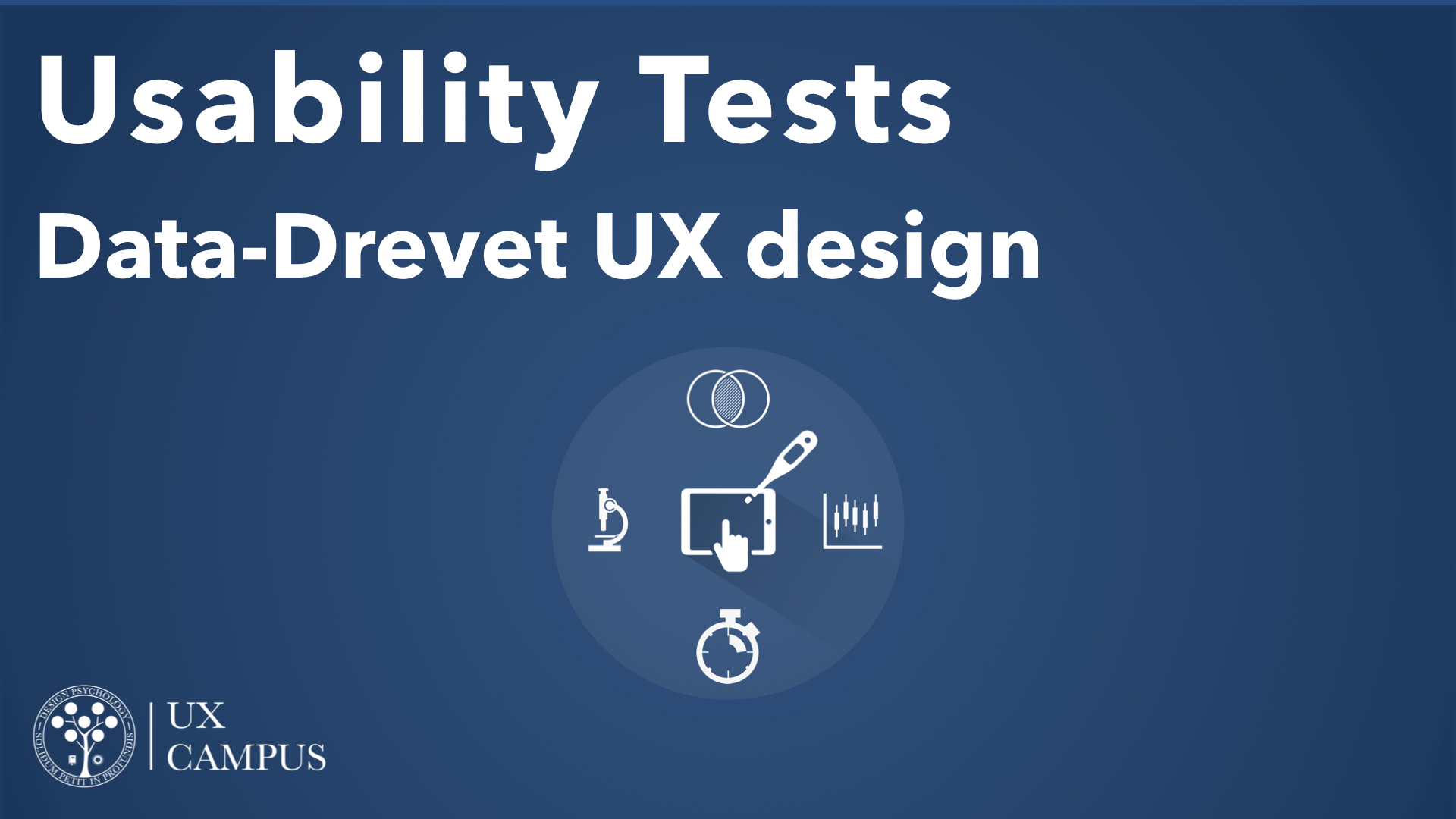How To Get the Most out of Your Early Usability Tests
In February 2022, Design Psychology facilitated a usability workshop for two Danish municipalities and the designers of an innovative lamp for eldercare. Here are the three strategies we used to get the most value out of this multi-stakeholder usability workshop.
✎ By David Hvidbak and Marie Louise Holm Møller, April 2022
Key takeaways from this article:
– Identifying the right tasks is vital to getting high-quality insights
— Having multiple observers can give you more insights from each user
— You can get a clear design direction and valuable design input - even from just one day of user tests
User-centred innovation: Circadian Lighting for Eldercare
To improve the quality of life for thousands of people in eldercare in Denmark, Aarhus and Copenhagen municipality, designers, and developers have begun a user-centred innovation partnership to develop a circadian lighting lamp for residents and personnel in eldercare.
The lamp aims to help residents and personnel at danish care homes be exposed to the right kind of lighting at the right time - day or night. Human-centric lighting can help improve sleep, increase residents’ appetite and increase general well-being.
Design Psychology facilitated the first meeting between designers, developers, project managers from the two municipalities, and intended users in our in-house UX Lab with a usability workshop.
“Design Psychology provided a high level of professionalism, both in planning and in the execution of the workshop. Their subject matter expertise complemented our knowledge and unpacked our product with a sharp, user-centred perspective.
The workshop has provided us with a substantial head start on the user insights that resulted from the day. We can even see how the Design Psychology methods are now reflected in how our supplier works with our care personnel and residents.
The things we learned in the workshop matches our first experiences in the ‘real-world setting’, and that is a crucial advantage for us and the project, having accelerated the innovation process with Design Psychology.”"
- Matilde Rodríguez Gammelgaard, Project Manager at Aarhus Municipality
Foto: Presse, Københavns Kommune
Making the Lamp Intuitive and User-friendly
To ensure that the lamp was fit for purpose, to be used by both care home workers and residents, it was essential to have close cooperation between the lamp developers and the end-users.
Here are the three strategies that we used to ensure we got the most qualified design input out of the 1-day usability workshop;
Strategy 1: Identify the Most Relevant Tasks
We used ‘task analysis’ and ‘use specifications’ to choose, design and prioritise which use scenarios and aspects of the product that were most important to include in the user test.
The use specification helped identify the intended users and intended use environments. In contrast, task analysis helps define the intended use of the lamps by breaking down the user workflow into individual steps of the interaction with the lamp.
With these tools as our analytical basis, we could identify the most relevant use scenarios and, from there, design the most relevant user tests.
Strategy 2: Include Different People with Different Perspectives
Different people see different things.
Especially if they have different professional roles or come from different backgrounds.
That is why we designed the workshop so that a mix of stakeholders ranging from designers, developers, municipalities, and care professionals could observe and discuss the different findings from the user tests.
Having multiple observers in the room with different points of view helped us gain a more comprehensive understanding of the findings from each user test - and make sure that we didn’t miss out on any critical insights.
Furthermore, observing the user tests together helped forge a shared understanding of the findings from the user tests and established a common ground for the next steps in the innovation process.
Strategy 3: Qualify the Evaluation
To get a complete understanding of the current prototype and potential usability issues, we used several different techniques to ensure the quality of the user insights from the usability workshop:
An ergonomic test of the lamp
A lamp interaction test under ‘stress’ to pressure-test the intuitiveness of the interface
Three simulated use situations (to mimic real-world tasks and environments)
A validated questionnaire (The Systems Usability Scale), to assess the perceived usability
By including these different tests, we could investigate the usability from several different angles.
The ergonomic test investigates the accessibility of the product, the questionnaire investigates the subjective, perceived usability, while the objective scoring of usability in different simulated situations and testing the buttons under stress tests the situational usability.
Want To Know More About our Approach to Usability Testing?
At Design Psychology, we are experts at understanding how real users think and act.
We apply this knowledge to create better usability tests that give you more qualified input for your design.
Want to know more? Get in touch with our usability testing specialist Marie Louise.
* * *
Next Steps
Get in Contact
If you want to learn more about the Design Psychology approach to design please reach out to:
Human Factors Specialist
Rune Nørager
+45 4041 4422



